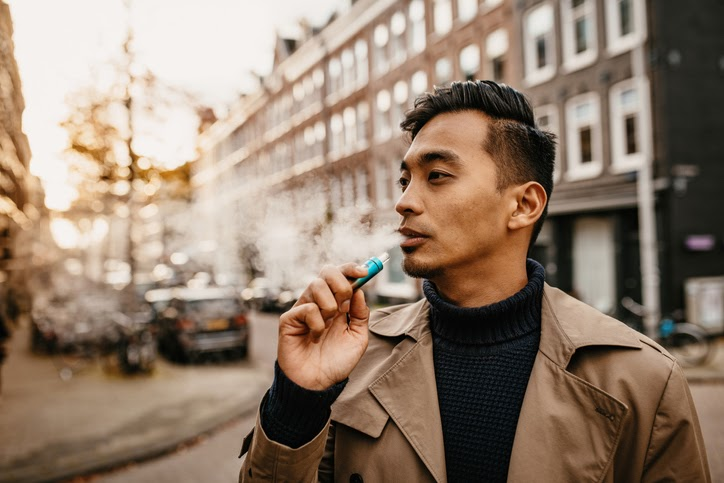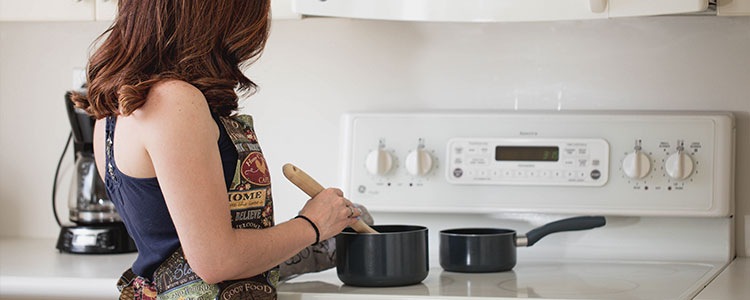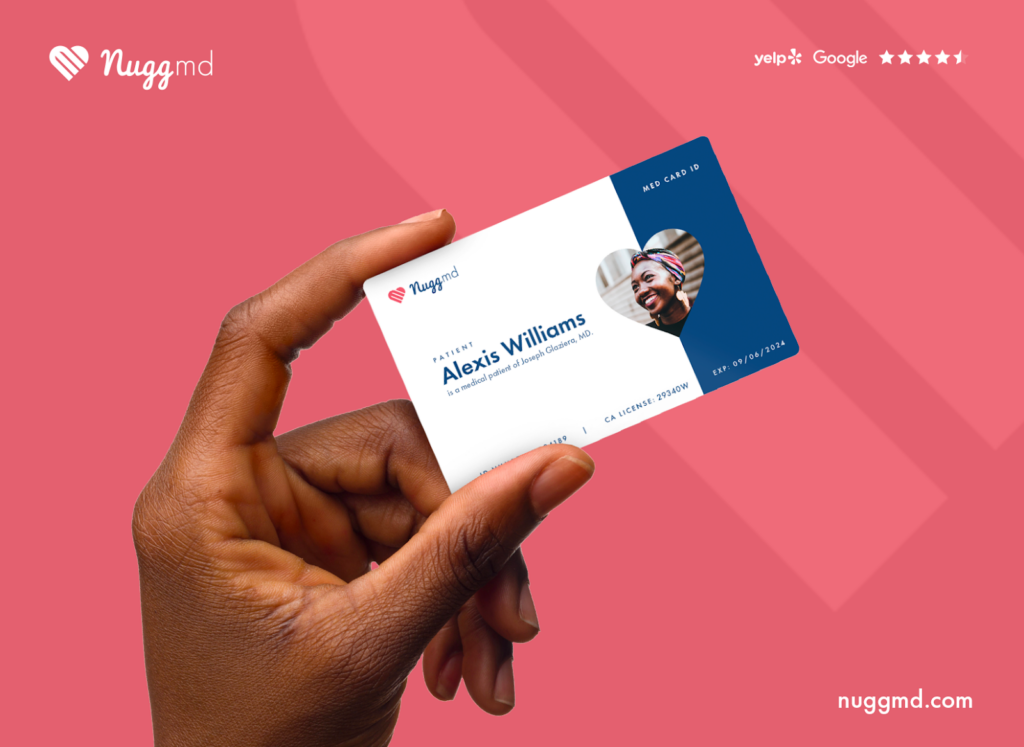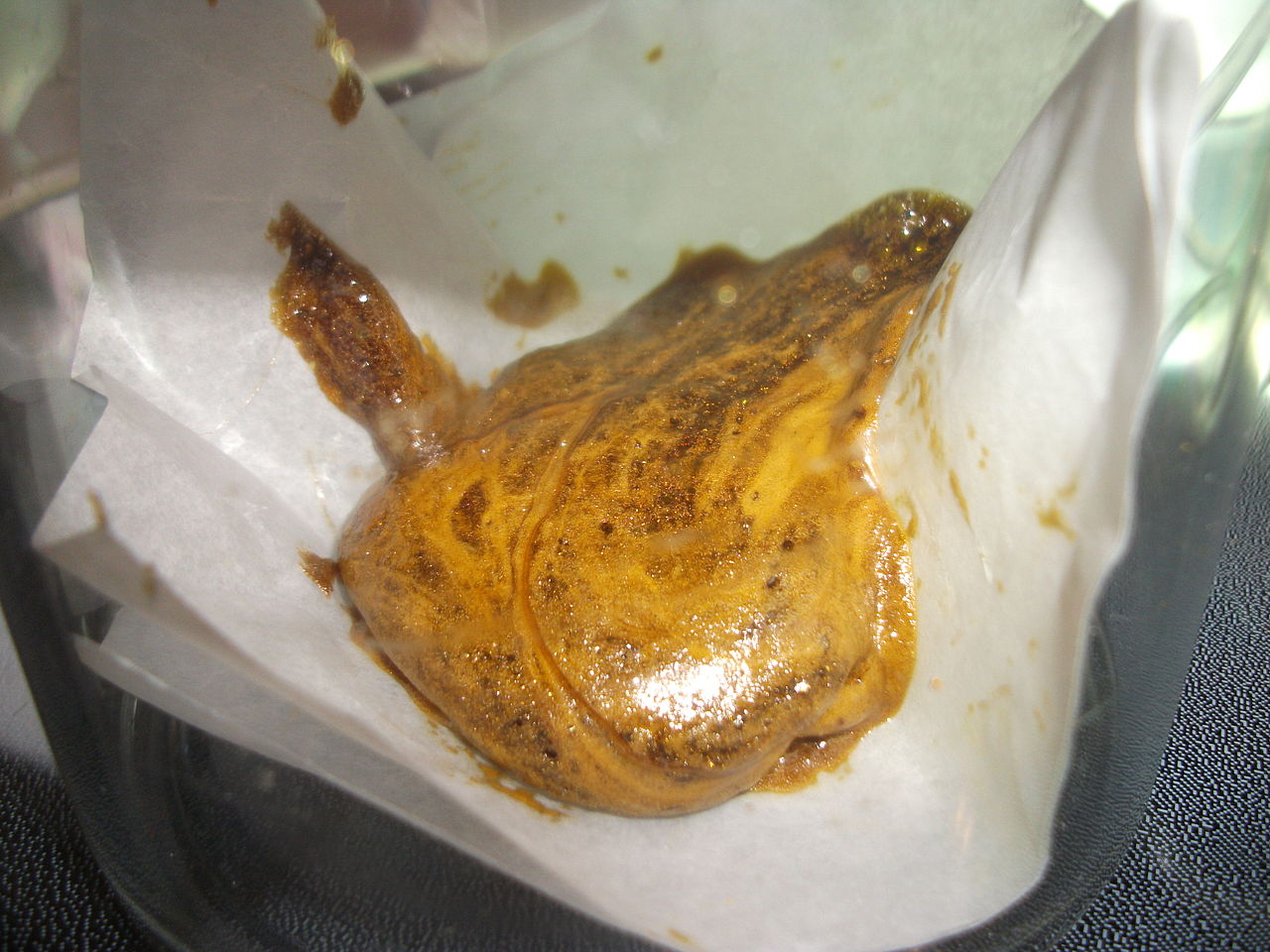Cannabis concentrates are an increasingly popular and essential segment of the cannabis marketplace. Also known as extracts, cannabis concentrates initially gained notoriety for their high THC potency (sometimes reaching 90% and higher).
One of, if not the most popular forms of extracts is cannabis wax. Consumers have a variety of options when it comes to how to use cannabis wax, and newcomers may not know where to start or what method is right for them.
In this article, we’ll discuss five of the most common ways you can enjoy cannabis wax (and everything you’ll need to get started).
What Is Cannabis Wax?
Wax is a cannabis extract that resembles, you guessed it, wax. While the name gives away much of the product's identity, there are three different kinds of wax to choose from, each containing various consistencies, textures, and typical outcomes.
- Sugar crumble
- Wax crumble
- Budder
Wax is made using a solvent-based closed-loop extraction method and butane hash oil (BHO). The process uses volatile chemicals and should not be made at home. However, some wax enthusiasts have found effective DIY solventless extraction methods, like those using a hair straightener or a rosin press.
What is CBD Wax?
Wax is a catch-all term in cannabis culture. In some cases, ‘wax’ is associated with a solvent-based cannabis concentrate that has an earwax-like consistency and is typically made for dabbing. However, many use wax as an interchangeable term for an array of concentrates, including but not limited to resin, live rosin, and many others.
CBD wax is virtually the same as its THC counterpart, save for its primary cannabinoid. With CBD being the prevalent compound, consumers do not experience the same intoxicating effects they would with THC. Additional qualities and characteristics of CBD wax mirror those of other CBD-based concentrates. Consumers can enjoy the elevated dose of CBD in vaped, dabbed, topical, or edible form.
Types of Cannabis Extracts
The number of cannabis extracts available to consumers has increased as more states legalized medical or recreational use. And while wax remains a popular choice for new and long-time cannabis consumers, a number of other options are gaining notoriety.
- Rosin: This simple concentrate is made using solventless heat and pressure. Rosin is a classic golden extract known for its high THC potencies. Large manufacturers now create rosin using a variety of dedicated automatic and manual presses. This extract was originally made with parchment paper and hair straighteners, which is considered a safer home extraction method than any solvent-based extraction.
- Shatter: Shatter resembles broken sugar glass. This extract is a BHO-based crowd-pleaser among dabbers thanks to its potency, which hovers around 80% THC. If dabbing isn't your thing, Shatter is versatile and can be used in bongs or vapes.
- Crumble: Crumble stands out from the other extracts. This unique concentrate is made using low heat to retain as much of the plant's flavor profile as possible. Crumble is produced using butane or CO2 extraction, and the result is an easy-to-apply, flavorful extract that can be dabbed or added to the tops of bowls, bongs, and other smokable options for a potency boost.
- Budder: Budder is another potent crowd-pleaser from the BHO extraction family tree. It’s softer than shatter and easy to apply to most smoked options and dab rigs. It often contains fewer cannabinoids but more terpenes than other extracts, leading some to debate about its potential benefits.
- Live Resin: In order to capture as much of the plant's profile as possible, cannabis flower is harvested and immediately placed in a freeze dryer until ready for extraction. Live resin can have varying consistencies, including budder, sauce, and even diamonds.
- CO2 Oil: CO2 oil is a high-terpene, liquified concentrate that’s often used when vaping. It also serves the medical community by offering more accurate syringe-based dosing.
How to Use Cannabis Wax: 5 Different Ways
Wax's versatility is one of its standout properties. Whether you prefer vaping, smoking, edibles, or topical creams, just about every consumer can find a way to enjoy wax. Here are five of the more commonly used methods.
Dabbing
Dab rigs come in many shapes and sizes these days. What once was a massive piece of equipment can now be as small as a handheld device that resembles a straw. Overall, the devices work the same, with the consumer inhaling a vaporized cannabis extract.
Depending on the setup, a dab rig may be a robust class pipe system, a bong-like handheld glass piece, or a simplified handheld device. Depending on your rig preference, the items you'll need to dab with will change. But overall, expect to use the following:
- Cannabis concentrate
- Dab rig
- Torch (for traditional rigs)
- Water (for most devices)
- Dabber tool
- Cleaning supplies (rubbing alcohol, q-tips, etc.)
Smoking

Cannabis wax can be added to almost any smoking method as a way to increase potency. While bowls and bongs are popular, the classic cannabis consumption method is the joint or preroll. To roll your own joint, you'll need:
- Cannabis flower
- Grinder (or your hands)
- Cardboard (if using a mouthpiece/crutch)
- Rolling paper
- Lighter
Vaping

Unlike smoked options, vaping allows consumers to enjoy cannabis without taking smoke into their lungs. With vaping, your cannabis products are heated but not torched to combustion. The result is a vapor released from the cannabis rather than smoke.
You can vape using a variety of devices. Some people prefer classic desktop rigs or pieces resembling a bong. Others opt for more discreet, handheld options, including pen batteries with a twist on and off vape oil cartridges. Single-use, disposable vape options also exist but have become a concern for some consumers due to the waste they produce.
Edibles

Edibles are a fan favorite that can be made at home using cannabis flower or concentrates. Wax can be infused into butter or different oils, including canola, vegetable, coconut, olive, and most other favorites.
You can use an edibles calculator to estimate the dosing of each serving. You can follow a production method similar to that of flower-based edibles. Be sure to decarboxylate before starting your cooking or baking. You can do so using the following:
- A baking sheet
- Parchment paper
- Oven
- Your preferred concentrate
After decarbing, follow the recipe as instructed. Remember that certain recipes may be better than others for your wax.
Topicals

Topicals are popular choices among patients seeking relief from muscle or joint pain but who don’t want the intoxicating effects that come with smoking or vaping. In most cases, topicals take near-immediate effects without reaching the bloodstream, so there’s little to no risk of becoming intoxicated. Cannabis topicals are only limited by the choice of skin care options. As such, consumers have an array of choices, including:
- Creams and butter
- Lotions
- Lubricants
- Roll-ons
- Sprays
- Transdermal patches
You can make your own infused topical at home using wax. The recipe and process will vary depending on the topical you're infusing. You should be in business if you use a decarboxylated extract at an adequate dose. Keep in mind that, while relatively straightforward, some recipes will call for additional steps to achieve the desired thickness and fluidity of your topical.
How Can I Get a Medical Marijuana Card?

Finding a qualified doctor isn't always as easy as patients expect, especially when it comes to getting a medical cannabis card. NuggMD expedites the process by connecting patients with licensed cannabis doctors for quick and informative evaluations.
NuggMD has helped over 2 million Americans obtain their medical cannabis cards. Here's how it's done in 3 easy steps:
- Visit nuggmd.com to sign up and complete your brief pre-evaluation form. After a few minutes in our virtual waiting room, you’ll be connected to a state-certified doctor.
- If approved by the doctor, you'll typically receive your recommendation in 48 hours or less (though this time varies depending on the state). You’re only charged if you’re approved for medical cannabis.
- Complete any additional steps to register with your state (where required). And enjoy!
In Conclusion
Cannabis wax may be too strong for new consumers. But for those patients and adult users looking to get more out of their cannabis experience, wax offers a variety of easy-to-use options, from vaping or smoking to edibles or topical creams.
The information in this article and any included images or charts are for educational purposes only. This information is neither a substitute for, nor does it replace, professional legal advice or medical advice, diagnosis, or treatment. If you have any concerns or questions about laws, regulations, or your health, you should always consult with an attorney, physician or other licensed professional.




